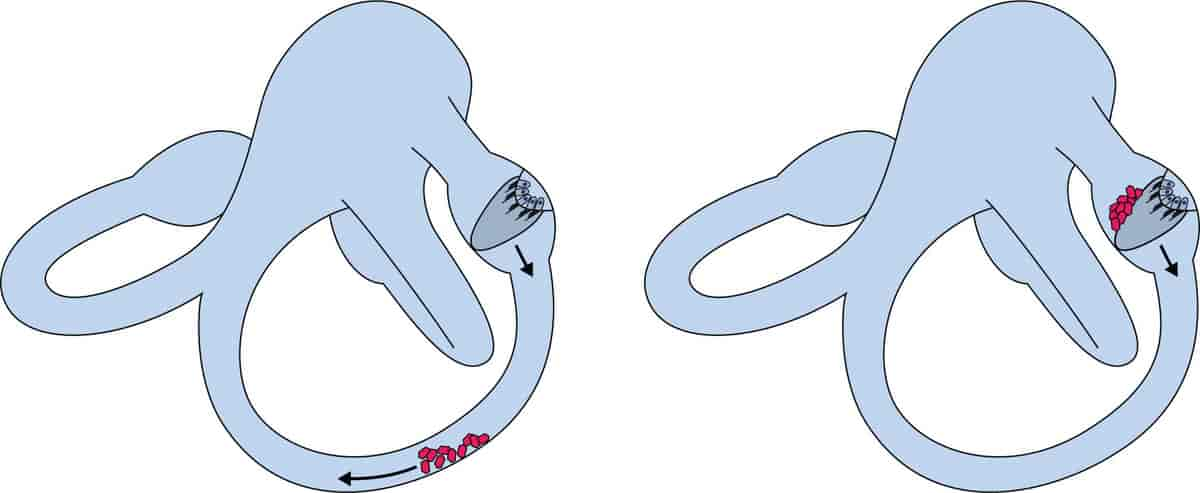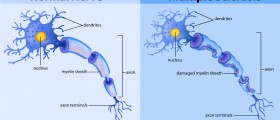Meniere’s disease is a disorder that affects the inner ear. People who live with with this condition usually have hearing problems and problems with balancing, to a varying degree. Meniere’s disease usually leads to progressive hearing loss in only one ear, accompanied by characteristic episodes of vertigo and tinnitus.
Vertigo is here defined as a feeling of motion when a person is stationary, while tinnitus refers to the perception of sound within the ear in the absence of a corresponding external sound — more commonly referred to as a ringing within the ears without an external cause. This condition affects different people in different ways, ranging from mild annoyance to very severe and lifelong disability.
Because of the specific signs and symptoms of this disease, many patients are worried about the consequences if they experience an attack episode while driving. Should people with Meniere’s disease feel comfortable driving?

Meniere’s Disease and Driving
Meniere’s disease manifests in sudden attacks of vertigo, hearing loss, or noise in the ears. This means that a person isn’t safe to drive once the Meniere’s disease is diagnosed. If the attack includes vertigo, the patient may lose the control over the vehicle or the steering wheel. It is very important that people with this disease avoid driving on busy roads, or even completely discontinue driving.
Meniere’s disease originates in the inner ear, although the etiology of the disorder is unknown. The condition has a long-lasting, but often unpredictable course, leading to functional limitations and restrictions and is not fully restored by medical therapy alone.
- People with Meniere’s disease were responsible for significantly fewer traffic accidents (0.8%) annually than individuals in the general population (1.7%).
- In addition, the lifetime risk of car accidents was lower among subjects with Meniere’s disease (8.3%) than that among individuals in the general population (24 to 28%).
- Nearly half of the total participants had either reduced the frequency of driving or had given up driving because of their condition.
- Factors such as gender, balance problems, visual problems with visual aura, and syncope during vestibular drop attacks can help explain the reasons for giving up car driving.
- One third (35.9%) of the participants were able to anticipate the Meniere’s disease attack before they decided to drive a car.
- Participants with falls during a vestibular drop attack, attacks of rotary vertigo, syncope during vestibular drop attacks, and those who were of a younger age were at a higher risk of experiencing a vertigo attack while driving a car. The most common strategies to avoid car accidents were selective driving and not driving when symptoms appeared.
Some of the patients who live with Meniere’s disease may have a specific variant of this disorder that manifests in an aura that precedes the attack, thus having a built-in warning system. These individuals may continue driving but only in locations where they can easily stop the vehicle before the attack occurs.
People with Meniere’s disease should not operate heavy machinery, climb, surf, and swim or pilot an aircraft, unless their doctor tells them that they may do so, for their own safety and that of others. They should avoid any kind of risky activity until one week has passed since the attack.
Symptoms of Meniere’s Disease
As already mentioned, not all patients with Meniere’s disease experience the same manifestations of this disease. The classic variant of the disease includes these high-risk and periodic episodes of vertigo or dizziness, tinnitus that affects both ears or one ear, a sensation of fullness and pressure in the ears, and fluctuating and progressive hearing loss. Deafness usually affects the lower frequencies.
In most cases, the condition starts with a single symptom, typically tinnitus, and then gradually develops to include all of the mentioned symptoms. An attack of Meniere’s disease can last anywhere from a couple of minutes to a couple of hours, but in very rare cases it lasts for more than a day.
The most severe form of the disease includes attacks that may last or reoccur from quite a few days to several weeks. After the attack, some people may experience improvement in hearing but in most of the cases the hearing becomes progressively worse.
Drop attacks, which are most dangerous while driving, may even cause the sufferer to suddenly fall or lose their balance without warning. These attacks are common for the later stage of the disease but they can occur at any time.
Because of these risks, it is better to discontinue activities in which suddenly losing your balance or being so overcome with the symptoms that you can't concentrate on anything else would be dangerous, and that very much includes driving.

















Your thoughts on this
Loading...